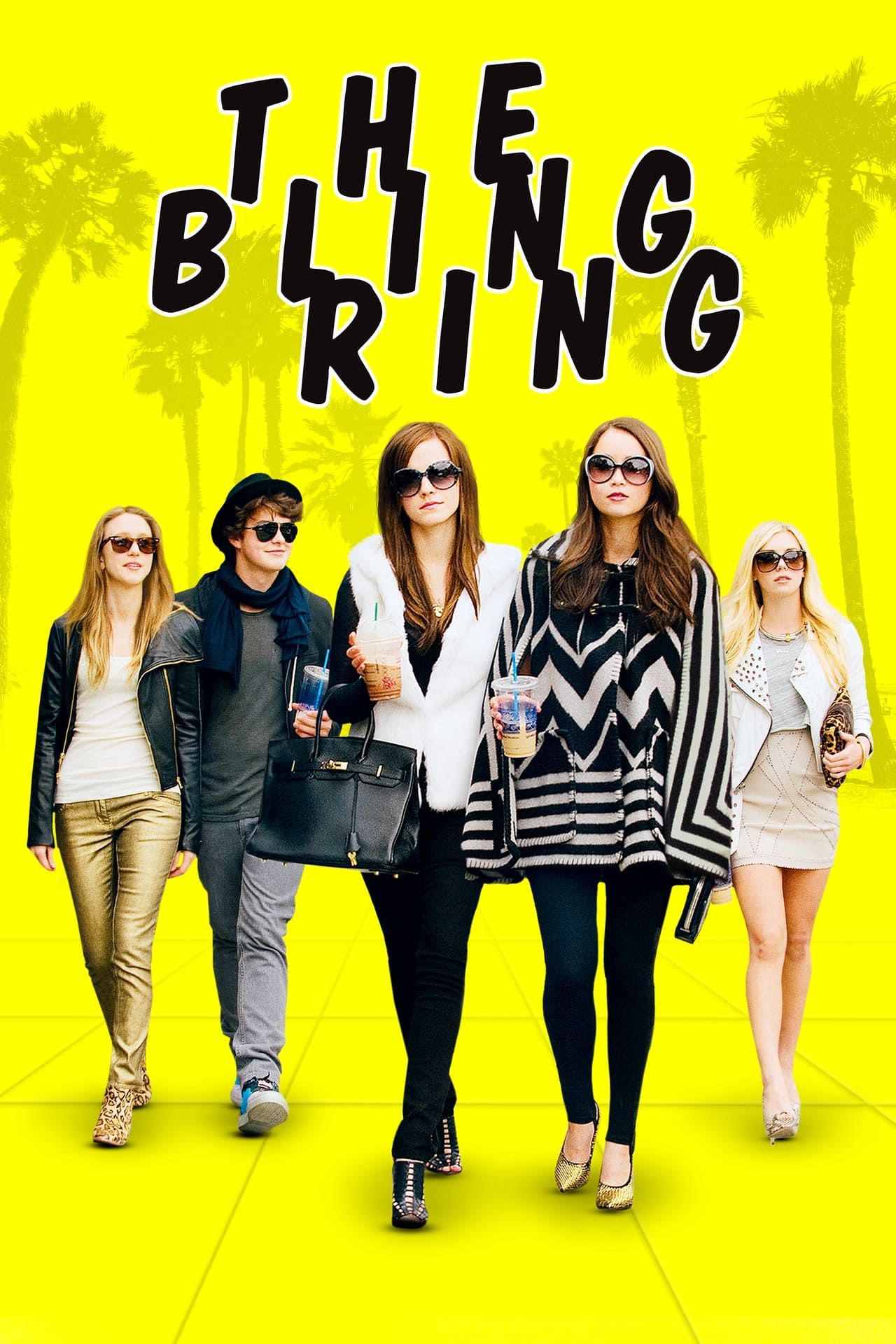Summary
- The Bling Ring captures the superficial materialism and celebrity culture of the 2010s.
- Sofia Coppola uses sharp satire to explore the allure of fame and hollow material desires.
- Emma Watson’s performance as Nicki Moore adds layers to a cast of mostly one-dimensional characters.
Looking back on Sofia Coppola’s satirical crime film The Bling Ring more than ten years later reveals how much the world of celebrity has changed. While young people’s need for external validation means this story of fame-obsessed teenagers robbing celebrities’ houses will always be relevant, it also points to a bygone era of consumerism and tabloid culture where Paris Hilton and Lindsay Lohan were practically Hollywood royalty. With the power of hindsight, The Bling Ring is a unique time capsule of the 2010s that unfortunately fails to explore its subject with the level of depth needed to be truly compelling.
The Bling Ring was based on the true story of a teenage burglary gang that stole more than $3 million worth of clothing and jewelry from celebrities. Based on the 2010 Vanity Fair article “The Suspects Wore Louboutins” by Nancy Jo Sales, Coppola’s sharp satire peels back the curtain on a generation raised on social media and reality TV who used the internet to track the Hollywood elite’s whereabouts and loot their homes. Through the actions of these seven misguided teens, The Bling Ring highlights the superficial and shallow fantasies of privileged kids growing up in Agoura Hills, California.
Sofia Coppola’s Biting Satire Was A Glimpse Into 2010s Celebrity Culture
The teenagers at the heart of The Bling Ring highlighted the vapid materialism of its era
With her signature sense of style, Coppola perfectly captures celebrity culture’s soulless nature as the film’s incredible soundtrack, including songs by Kanye West, Lil’ Wayne, and M.I.A., transports us right back to the not-so-distant past. From its opening line, “Let’s go shopping,” spoken by the gang’s leader Rebecca Ahn (Katie Chang) as she grabs Louis Vuitton bags from a closet, it’s clear Coppola’s goal is to dismantle and dissect the way that wayward Hollywood teens find meaning through materialism. These kids want to be cool and will ruin their lives to achieve it.
Coppola’s goal is to dismantle and dissect the way that wayward Hollywood teens find meaning through materialism.
The Bling Ring ‘s cast was made up of mostly unknown young actors. Chang played the impulsive leader, Rebecca, Israel Broussard played Marc, the self-conscious lone boy of the group who wanted to be liked, and Taissa Farmiga played Sam, the snarky Valley Girl with a taste for danger. While the characterization of these characters was interesting, a glaring flaw was their one-dimensional personas. Although The Bling Ring showcases how they got involved in their lives of crime, it never fully explores the psychology behind their actions and the insecurities that pushed them ever further.
Emma Watson’s Performance Was The Best Thing About The Bling Ring
The character of Nicki Moore embodied The Bling Ring’s satirical themes
Looking at The Bling Ring’s cast, one name stands out: Emma Watson in one of her first post-Harry Potter movie roles. By that point, Watson had proven herself outside the fantasy franchise with a fantastic turn in the coming-of-age story The Perks of Being a Wallflower. Watson looked set to take Hollywood by storm, a promise that never really came true as she shifted her focus from acting to feminist, humanitarian, and sustainability causes. However, Watson’s performance is the most exciting part of The Bling Ring, as her character is the only one that’s more layered and complex.
Watching how Nicki’s behavior shifts as she fakes innocence in front of authority figures was The Bling Ring at its most urgent and compelling.
Watson played Nicki Moore, a self-obsessed, fame-seeking woman who surrounded herself with the rich and famous to perfection. Nicki is a beautiful young woman; she knows this too well and aims to be an actress, a model, or even “to lead a huge charity organization” one day. Nicki’s moral ambiguity reflects the central themes of The Bling Ring as she embodies the allure of fame, the hollowness of materialism, and the superficial desire for status. Watching how Nicki’s behavior shifts as she fakes innocence in front of authority figures was the film at its most urgent and compelling.
At its core, The Bling Ring is a highly relevant film that could have done more to bury underneath the surface of its satirical subject matter. The teenagers in The Bling Ring were based on real people, and this was an opportunity for Coppola to get to the heart of what drove these young people to commit their crimes, how celebrity worship disconnects us from reality, and how peer pressure can push individuals to cross moral boundaries they might never have considered on their own. But these issues were only hinted at in The Bling Ring rather than powerfully explored.
The Bling Ring was re-released in theaters on August 21.
Directed by Sofia Coppola, The Bling Ring tells the true story of a group of teenagers obsessed with fashion and fame who burglarize celebrities’ homes in Los Angeles. The film, starring Emma Watson, explores themes of materialism and celebrity worship, highlighting the consequences of their actions as they spiral deeper into their criminal endeavors.
- Emma Watson delivers a layered performance as Nicki Moore
- Sofia Coppola perfectly captures celebrity culture’s soulless nature
- The Bling Ring only brushes the surface of its many themes
- The film isn’t deep enough to be as compelling as its subject matter


